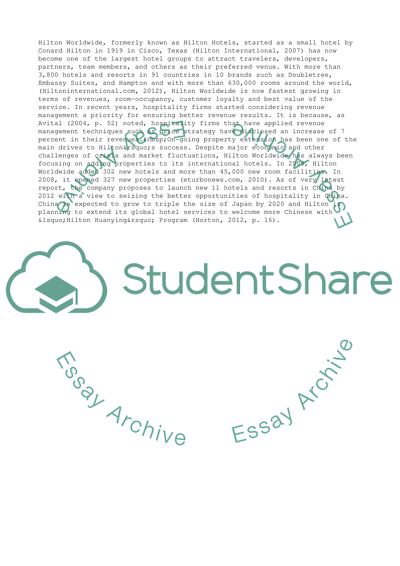Cite this document
(PLC Analysis of Hilton Worldwide Case Study Example | Topics and Well Written Essays - 3000 words - 22, n.d.)
PLC Analysis of Hilton Worldwide Case Study Example | Topics and Well Written Essays - 3000 words - 22. Retrieved from https://studentshare.org/business/1785180-strategic-management
PLC Analysis of Hilton Worldwide Case Study Example | Topics and Well Written Essays - 3000 words - 22. Retrieved from https://studentshare.org/business/1785180-strategic-management
(PLC Analysis of Hilton Worldwide Case Study Example | Topics and Well Written Essays - 3000 Words - 22)
PLC Analysis of Hilton Worldwide Case Study Example | Topics and Well Written Essays - 3000 Words - 22. https://studentshare.org/business/1785180-strategic-management.
PLC Analysis of Hilton Worldwide Case Study Example | Topics and Well Written Essays - 3000 Words - 22. https://studentshare.org/business/1785180-strategic-management.
“PLC Analysis of Hilton Worldwide Case Study Example | Topics and Well Written Essays - 3000 Words - 22”, n.d. https://studentshare.org/business/1785180-strategic-management.


